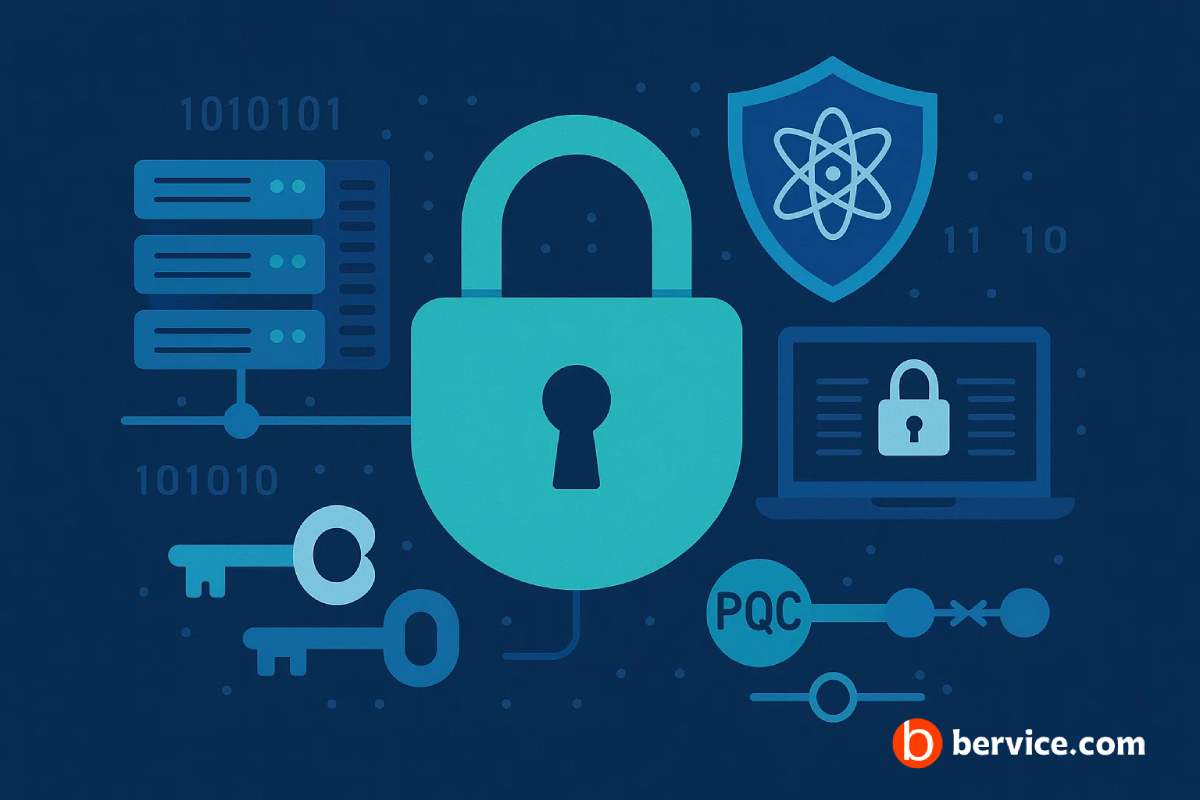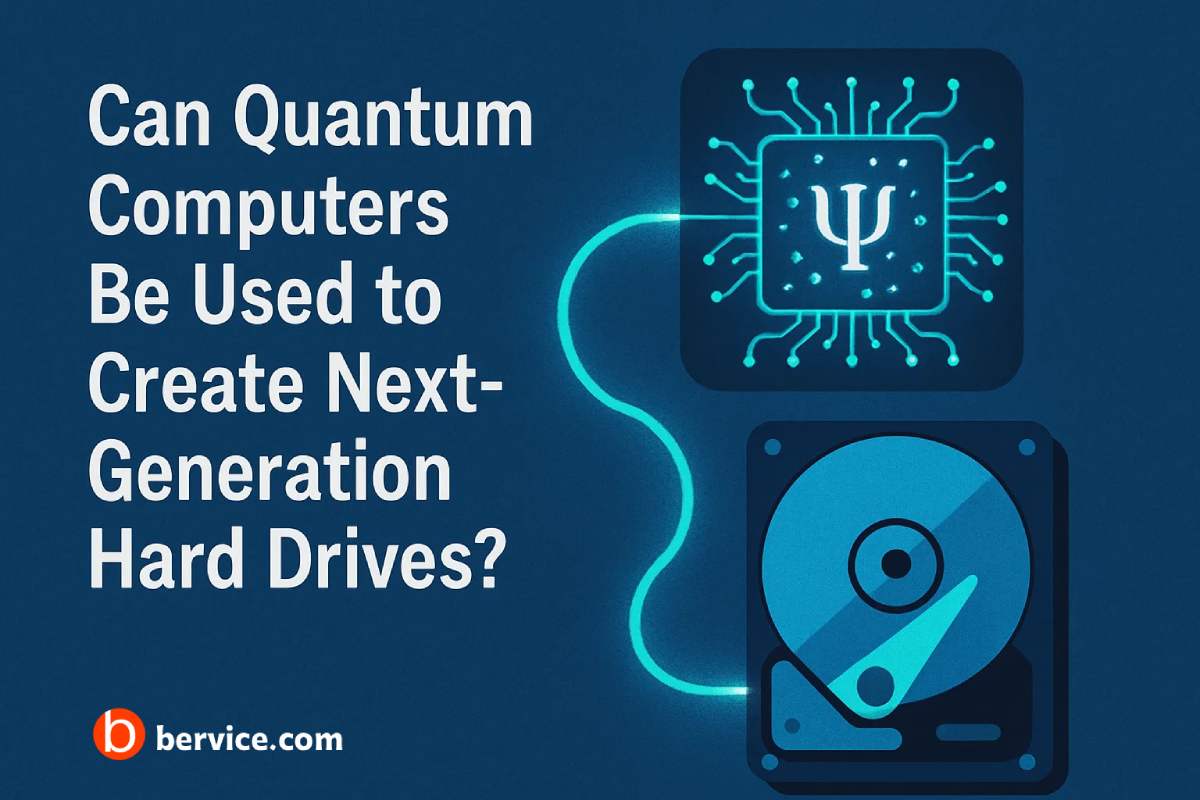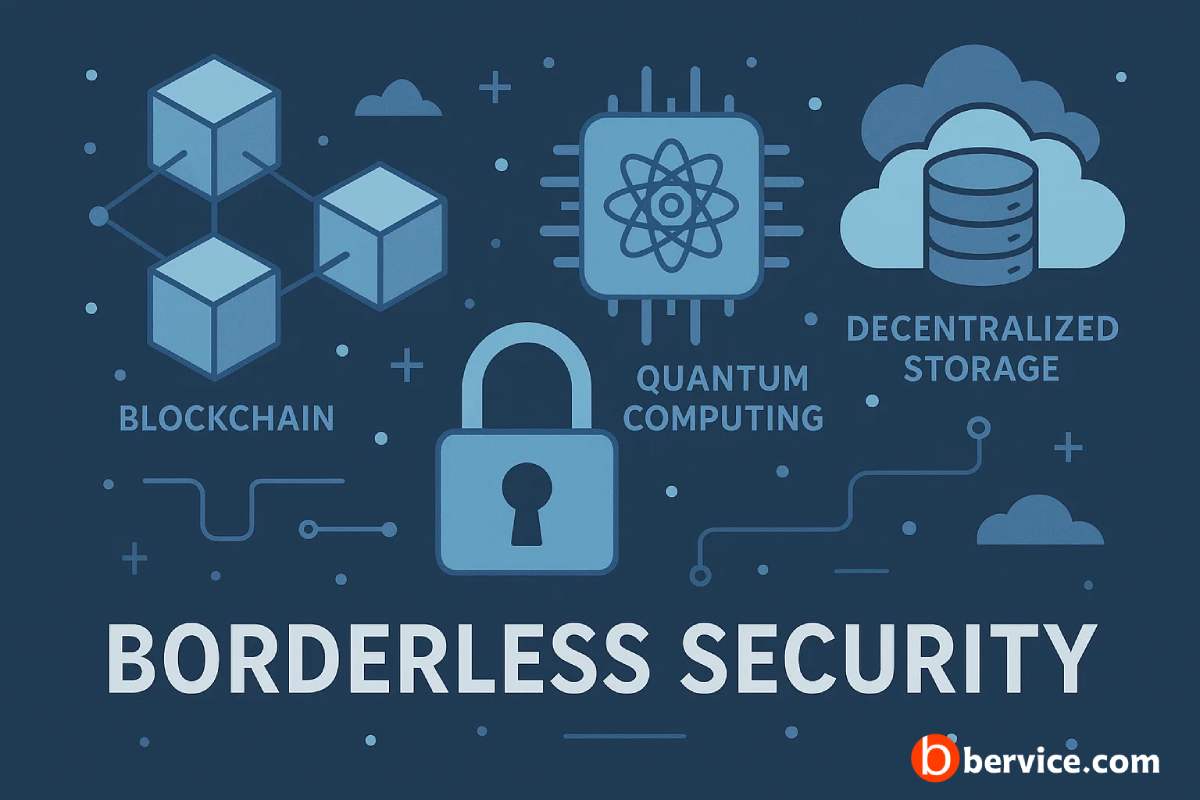
1. Introduction
The rapid advancement of quantum computing poses a fundamental threat to classical cryptographic systems. Algorithms such as RSA, ECC, and Diffie-Hellman — which currently secure communications, financial transactions, and critical infrastructure — could be broken by quantum algorithms like Shor’s and Grover’s in the near future. Post-Quantum Cryptography (PQC) refers to cryptographic algorithms that are designed to be secure against both classical and quantum computing attacks. As governments, corporations, and cybersecurity experts prepare for the “Q-Day” — the point when quantum computers become powerful enough to break current encryption — securing infrastructures with PQC has become a strategic priority.
2. Understanding PQC
PQC algorithms are built on mathematical problems believed to be resistant to quantum attacks. Unlike quantum key distribution (QKD), PQC is a software-based approach that can be deployed on existing digital infrastructure without requiring specialized quantum hardware.
Key families of PQC algorithms include:
- Lattice-based cryptography (e.g., Kyber, Dilithium) — highly efficient and secure against known quantum attacks.
- Hash-based cryptography (e.g., XMSS, SPHINCS+) — ideal for digital signatures, with proven security under minimal assumptions.
- Code-based cryptography (e.g., Classic McEliece) — based on hard problems in coding theory.
- Multivariate polynomial cryptography — based on solving systems of multivariate quadratic equations, considered quantum-resistant.
3. Why Infrastructure Needs PQC
Critical infrastructures — including energy grids, transportation systems, telecom networks, and financial systems — rely heavily on cryptographic mechanisms for authentication, confidentiality, and integrity.
The main security risks in the quantum era include:
- Harvest-now, decrypt-later attacks — where adversaries record encrypted traffic today to decrypt it when quantum capability matures.
- Quantum-enabled man-in-the-middle attacks — where public key infrastructure (PKI) can be broken, allowing impersonation of trusted entities.
- Compromised digital signatures — undermining software updates, firmware validation, and code integrity checks.
By integrating PQC, organizations ensure that even if an attacker possesses a large-scale quantum computer in the future, sensitive data collected today will remain secure.
4. Steps to Secure Infrastructure with PQC
a) Asset and Risk Assessment
Identify systems that rely on long-term cryptographic confidentiality or authenticity, such as government records, intellectual property archives, or secure communications.
b) Cryptographic Inventory
Map all protocols, libraries, and applications that depend on vulnerable algorithms (RSA, ECC) and determine their lifespan and upgrade paths.
c) PQC Algorithm Selection
Adopt standardized PQC algorithms (e.g., NIST PQC finalists such as Kyber for encryption and Dilithium for signatures). Ensure chosen algorithms fit performance and resource constraints.
d) Hybrid Cryptography Deployment
Implement hybrid schemes that combine classical and post-quantum algorithms to maintain interoperability and gradual migration.
e) Testing and Validation
Deploy PQC in controlled environments to measure performance, latency, and compatibility with legacy systems.
f) Governance and Compliance
Align with emerging PQC standards from NIST, ETSI, and ISO, and integrate cryptographic agility into governance frameworks.
5. Challenges in PQC Adoption
- Performance Overhead — Some PQC algorithms have larger key sizes and slower operations compared to classical cryptography.
- Implementation Security — Side-channel attacks and poor implementations can compromise even quantum-resistant algorithms.
- Interoperability Issues — Transitioning to PQC in multi-vendor ecosystems requires coordination and cross-compatibility.
6. Future Outlook
The global migration to PQC will be one of the most significant cryptographic transitions in history. With NIST’s PQC standardization efforts expected to finalize algorithm recommendations in the coming years, early adopters will have a strategic advantage. The integration of PQC into zero-trust architectures, secure IoT systems, and blockchain networks will further strengthen digital resilience against future quantum threats.
7. Conclusion
Securing infrastructure with Post-Quantum Cryptography is no longer an abstract research topic — it is an urgent operational necessity. By proactively adopting PQC, organizations can ensure long-term confidentiality, preserve trust in digital systems, and maintain the integrity of global critical infrastructure in the post-quantum era.
Connect with us : https://linktr.ee/bervice




